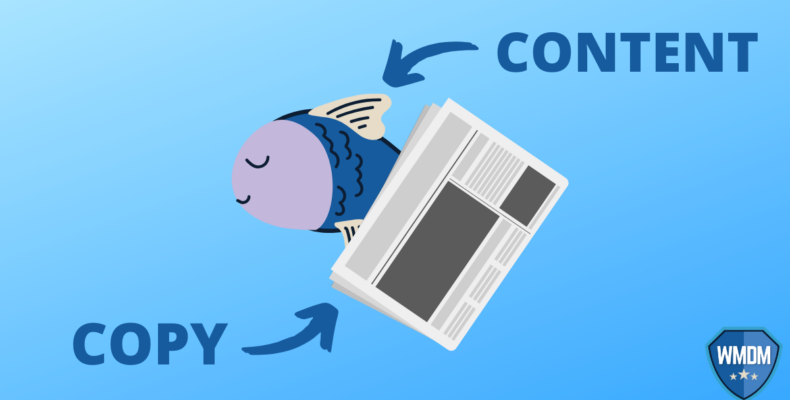“Content is King.” “Content Marketing.” “Paid Content.” “Content Management System.”
The term “content” is everywhere these days.
For writers, designers, web developers and video producers, content (and the creation of it) has become a driving source of new business.
It seems every marketing and advertising pundit, advisor and agency (including Wingman) is selling the idea that content—and lots of it—will help bring organic traffic to your website. Other than the resources to curate said content, this is free traffic that becomes leads, which then becomes customers as they flow through your conversion funnel.
What you do with that content (and subsequent traffic) is equally important. As mentioned above, you need to create the content—which takes time or dollars if you outsource it.
And—this is crucial—you must create content your audience wants to consume and simultaneously help search engines find your content. Not only that, you need to convince searchers to “select” yours over your competitors’ content. Once your content has been selected and traffic has generated to your website, you must be a traffic cop and tell them where to go and what to do. You need to convert those visitors into leads and sales.
Here at Wingman, we constantly say “your content needs to attract robot eyes and human eyes simultaneously.”
But is copy considered content?
Simply writing about what your company does in a blog or social piece is the most basic definition of content. But if the purpose isn’t to generate traction, it is just copy. Content needs to be developed around specific search topics, queries or questions your audience is asking.
A “services” page on your website is copy. However, by massaging the paragraphs of that page with your prospect or client in mind, ensuring keyword phrases and metadata are completed, you have moved down the path from copy to content. But this services page unto itself will only bring you a small portion of organic traffic.
To direct search engines your way, you need to produce and curate educational, enticing, and emotion-inducing content such as blogs, social media posts, and white paper. These formats have the advantage of interaction and dialogue—a two-way conversation. It can have a life of its own as others like, share, and comment on it. This organic and viral activity is where most of your traffic and leads come—generating higher rankings in search engines for certain keyword phrases.
In Conclusion…
Content is writing with purpose and is transactional.
Copy is writing for information alone.
At the end of the day, it doesn’t matter what you call it. When you start working on a written piece, it’s important to ask yourself why the project requires the written word, rather than whether it’s copy or content.
Is it intended to convince people to buy your products and services?
Is it intended to educate? Entertain? Showcase community involvement?
Focus on answering these questions and how your copy (or content) will provide value to your audience. Here at Wingman Direct Marketing, we take pride in our ability to copy write and curate content that is tailored to your audience and business objectives. Book a Wingman today.

